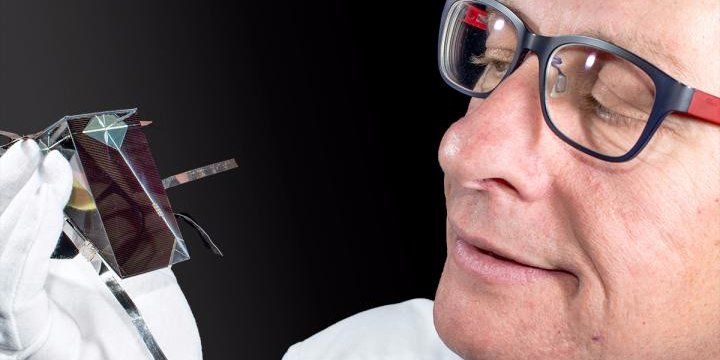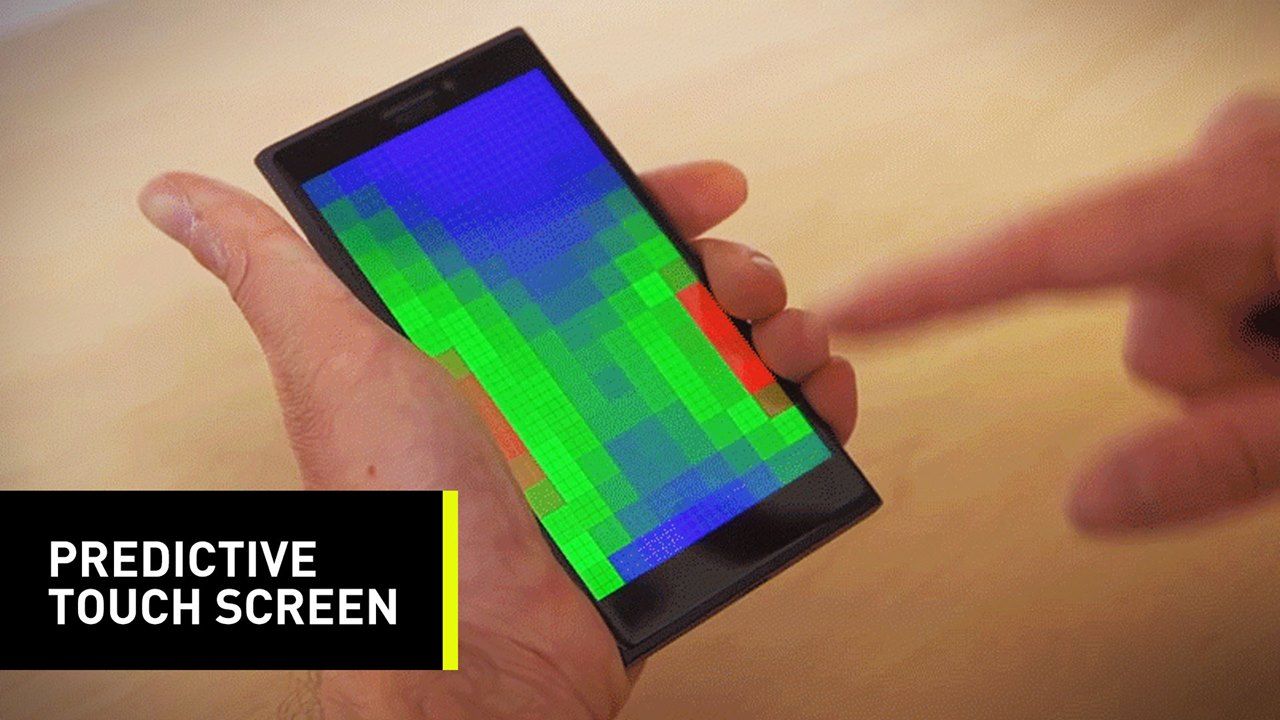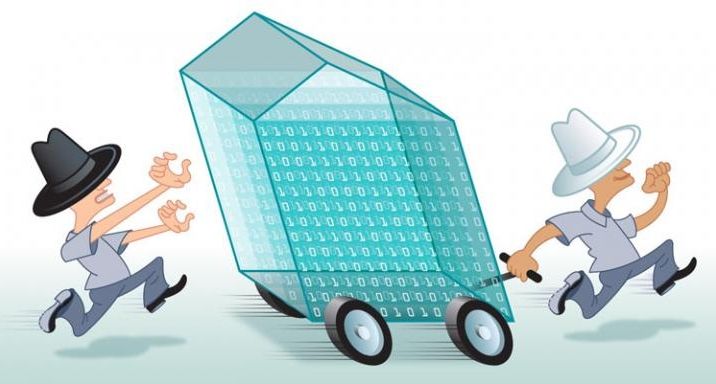Page 11182
May 18, 2016
May 18th-20th Google I/O Developers Conference Live Feed
Posted by Odette Bohr Dienel in categories: machine learning, virtual reality
Tag: Google
May 18, 2016
Space exploration will spur transhumanism and mitigate existential risk
Posted by Zoltan Istvan in categories: alien life, cyborgs, existential risks, geopolitics, policy, robotics/AI, solar power, space travel, sustainability, transhumanism
Friends have been asking me to write something on space exploration and my campaign policy on it, so here it is just out on TechCrunch:
When people think about rocket ships and space exploration, they often imagine traveling across the Milky Way, landing on mysterious planets and even meeting alien life forms.
In reality, humans’ drive to get off Planet Earth has led to tremendous technological advances in our mundane daily lives — ones we use right here at home on terra firma.
Continue reading “Space exploration will spur transhumanism and mitigate existential risk” »
May 18, 2016
This smart earpiece translates languages as they are spoken
Posted by Karen Hurst in category: futurism

Definitely getting a pair. Now, I will know all the gossip in any language-lol.
VIDEO: So long, language barriers.
Continue reading “This smart earpiece translates languages as they are spoken” »

A tool able to generate remote forces would allow us to handle dangerous or fragile materials without contact or occlusions. Acoustic levitation is a suitable technology since it can trap particles in air or water. However, no approach has tried to endow humans with an intertwined way of controlling it. Previously, the acoustic elements were static, had to surround the particles and only translation was possible. Here, we present the basic manoeuvres that can be performed when levitators are attached to our moving hands. A Gauntlet of Levitation and a Sonic Screwdriver are presented with their manoeuvres for capturing, moving, transferring and combining particles. Manoeuvres can be performed manually or assisted by a computer for repeating patterns, stabilization and enhanced accuracy or speed. The presented prototypes still have limited forces but symbolize a milestone in our expectations of future technology.
May 17, 2016
Size of Brain Region May Impact How Well Exposure Therapy Works for PTSD
Posted by Karen Hurst in categories: biotech/medical, health, neuroscience
Interesting read on PTSD. Wonder how much this plays into DARPA’s own research around memory removal on PTSD patients. hmmm.
New research suggests that PTSD patients with a larger region of the brain that helps distinguish between safety and threat are more likely to respond to exposure-based therapy.
The study expands upon prior research that discovered having a smaller hippocampus is associated with increased risk of PTSD.
Continue reading “Size of Brain Region May Impact How Well Exposure Therapy Works for PTSD” »
May 17, 2016
Will technology allow us to transcend the human condition?
Posted by Karen Hurst in category: transhumanism
May 17, 2016
U.S. startup pursues self-driving semis but big-rig bots still down the road
Posted by Karen Hurst in categories: robotics/AI, transportation
I do see delays of self-driving 18 wheelers across the US. Too many laws & regulations would need to change, consumer safety & protection advocacy groups, etc. will delay this in the US.
SAN FRANCISCO – Picture an 18-wheel truck barreling down the highway with 80,000 pounds of cargo and no one but a robot at the wheel.
To many, that might seem a frightening idea, even at a time when a few dozen of Google’s driverless cars are cruising city streets in California, Texas, Washington and Arizona.
Continue reading “U.S. startup pursues self-driving semis but big-rig bots still down the road” »
May 17, 2016
Mason researchers keep networks moving to stay safe from hacker attacks
Posted by Karen Hurst in categories: cybercrime/malcode, information science, internet, quantum physics
Given the fact that Los Alamos Labs have been and continue to advance cyber security work on the Quantum Internet as well as work in partnerships with other labs and universities; so, why isn’t Mason not collaborating with Los Alamos on developing an improved hacker proof net? Doesn’t look like the most effective and cost efficient approach.
Imagine burglars have targeted your home, but before they break in, you’ve already moved and are safe from harm.
Now apply that premise to protecting a computer network from attack. Hackers try to bring down a network, but critical tasks are a step ahead of them, thanks to complex algorithms. The dreaded “network down” or denial of service message never flashes on your screen.
Continue reading “Mason researchers keep networks moving to stay safe from hacker attacks” »
















